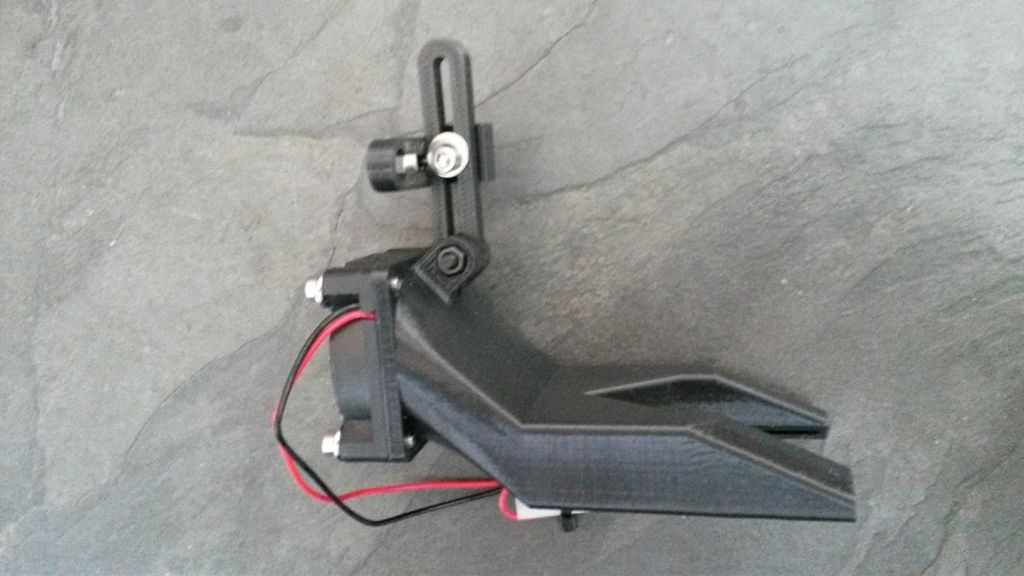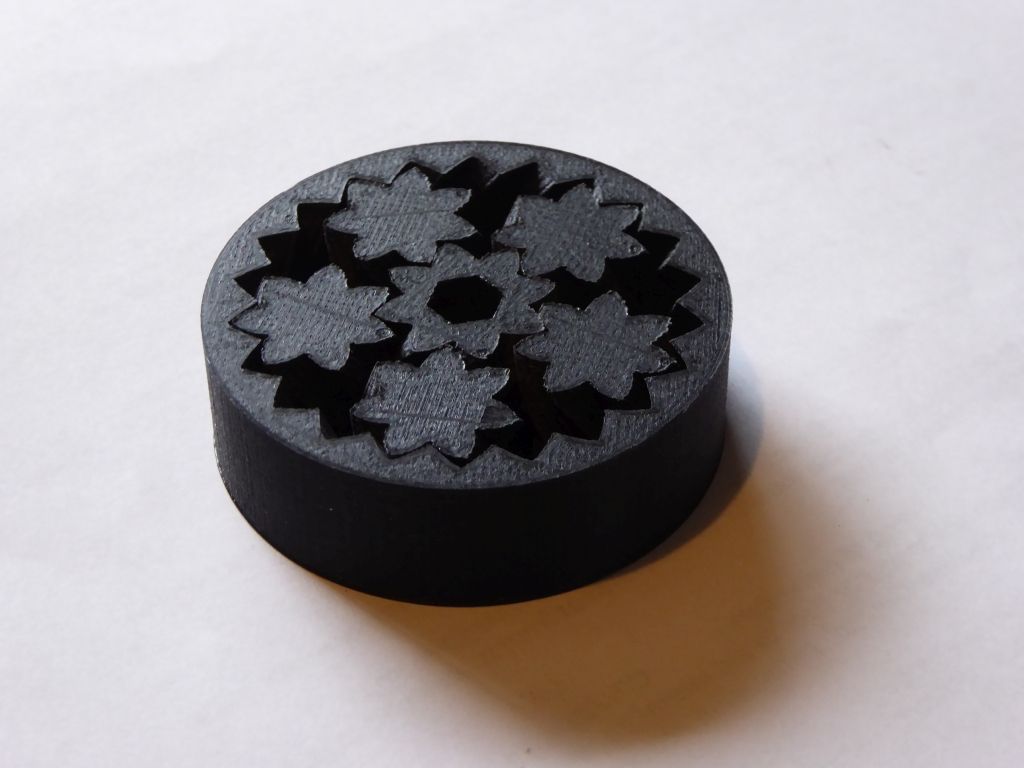Posted by Gary Wooding on 04/07/2017 07:52:51:
I've found this to be a very good test of a 3D printer.

It's printed in one go and all the gears rotate. It cannot be disassembled. Although all printers can print it, on some it ends up frozen and cannot be rotated.
I got the STL from Here and printed this one with an Ultimaker2.
Gary,
A printer must initially be calibrated to ensure all axes move exactly the distances called in the G-Code, once this is done one may move on to a test cube or similar and adjust temperature, % extrusion, speed, and all settings EXCEPT STEPS to get the neatest possible print, then you measure the neat cube and this will give you a Variance (much like a tool compensation in CNC) which will be the same for all or most parts using the same material, nozzle, printer and settings, you apply this to your models, not your printer.
For the above reasons your test print will only tell you if the test print has been modelled suitably for the printer you are using, nothing more 
– Nick
Edited By Nick Hulme on 12/08/2017 13:47:58
Edited By Nick Hulme on 12/08/2017 13:51:17
 Neil Wyatt.
Neil Wyatt.










